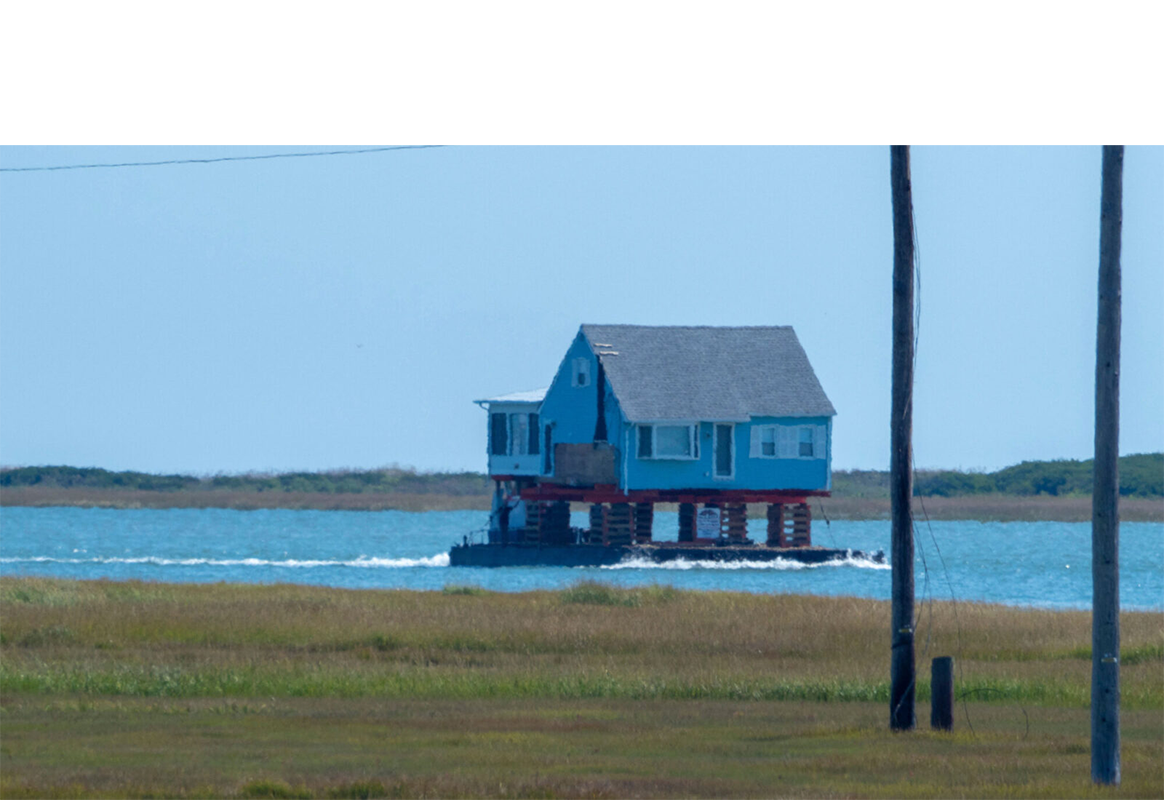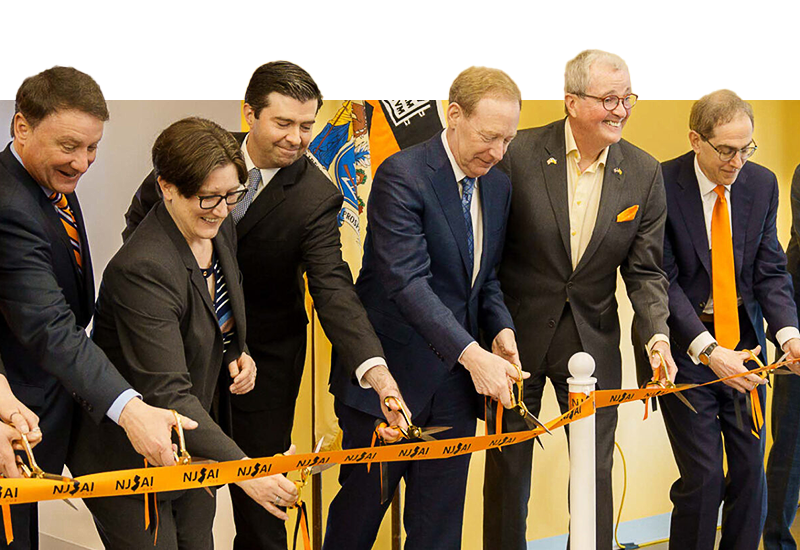
Cross-sector partnerships advance climate solutions, broaden education
By
on
This is from the series Conversations With Chairs and Directors
This is the third in a monthly series of updates from chairs and center directors on news and developments in their departments.

Q. Last month the Intergovernmental Panel on Climate Change (IPCC) published a report pointing to the major impacts of climate change and the massive challenges of curbing global temperature rise. What is the Andlinger Center’s role in combating the climate crisis?
A. First and foremost, I’m glad the IPCC published its new report because it really emphasizes the gravity and urgency of the climate challenge. By mid-century, the global population is projected to be 10 billion; we’re going to need twice as much food and twice as much energy as we consume today. Yet, to cap global temperature rise, annual carbon emissions need to be half of what they are today. This is a tall task. There is not one straightforward answer or silver bullet. It will require a constellation of overlaying changes – in policy, technology and culture. There are many things that individuals can do, and also things that can happen on the back end, by operators of electricity grids or energy companies, for example.
At the Andlinger Center, we are building this constellation of ways to reduce greenhouse gas emissions in the short and long term. We do this through cross-sector research and by disseminating ideas to our students, research community and industry partners.
In addition to technological innovation, the Andlinger Center is facilitating conversations among stakeholders on resource management, power production, and other topics that require a neutral convener. We are doing this at our upcoming Annual Meeting on November 9, featuring Phil Murphy, governor of New Jersey, as our keynote speaker. Earlier this year, we hosted two other conferences, “Accelerating Climate Action in the United States” and “NJ’s Energy Future,” which brought together leaders from utilities, such as PSEG, energy companies, such as NRG, and regulatory agencies, such as the Federal Energy Regulatory Commission. It’s through formal and informal conversations with these energy executives, researchers and policymakers that students learn and become the next generation of leaders, informed and empowered to make advances in energy and the environment.
Q. What are some of the energy and environmental solutions being developed at the Andlinger Center?
A. We have ten jointly appointed faculty, each working on different energy and environmental solutions. For example, Claire White is working on alternative ways to produce cement that could cut associated carbon emissions by 40 to 80 percent, and Forrest Meggers is building sensors that more accurately measure thermal comfort, reducing the greenhouse gas emissions associated with excessive heating or cooling of buildings.
There is a lot of conversation on how electricity is being produced and about which resources should be used – the sun, wind, nuclear, gas etc. Equally important is managing demand, or how much energy we are consuming. We have faculty experts here at the Andlinger Center innovating on both sides of this equation. Minjie Chen is working on a new power architecture that coverts electricity from the grid to run electronic devices at higher efficiencies, meaning less energy is required to run the devices.
It’s not just research on how to produce power. Jason Ren, for example, explores the water-energy nexus.
Each of our scholars takes a different approach to increasing energy efficiency and reducing greenhouse gas emissions through their research and the technologies they create. Together they comprise a holistic solutions-focused research practice that is helping the world move forward today.
Q. What does success look like for the Andlinger Center and how can the Princeton community get involved?
A. One of the things I am most excited about is really defining pathways to transition to a society that uses less fuel, creates less pollution, and generally is better for humans.
To a certain extent, all of our faculty and researchers are working on this. The Rapid Switch Project unites many of the research efforts at the Andlinger Center. With Princeton and the University of Queensland leading this multi-institutional and multi-national project, we are looking critically at the bottlenecks and pain points of decarbonization – where efforts to cut emissions get stuck – across the world and across sectors, and identifying ways to overcome them in each of the regions.
Chris Greig, our Gerhard R. Andlinger Visiting Fellow in Energy and the Environment, is spearheading this initiative along with his home energy center, the Dow Energy Centre for Sustainable Engineering Innovation at the University of Queensland in Australia. During his time in industry, Chris initiated a utility-scale carbon capture and sequestration project at a power plant in Australia. He faced a ton of challenges that made the project economically infeasible and made the difficult decision to halt the project. He’s learned a lot along the way, and by bringing him into the center we can tap into his expertise from his extensive experience in industry. These are the types of people who can really make change and are important to have in the boardroom, at the policy table and in the classroom. Success for us means diversifying voices and gaining outside perspectives so that the solutions that we build are long lasting and meaningful.
Success also comes in the impact our students create even before they graduate, so we have many ways for students to get involved. In addition to coalescing Rapid Switch, Chris Greig will teach a class in the spring, “Rapid Switch: The Transition Challenge to Low Carbon Energy.” We have 38 cross-listed courses in energy studies, as well as two undergraduate certificate programs. Our inaugural Gerhard R. Andlinger Visiting Fellow, Darren Hammell, who started a power management company as an undergraduate at Princeton, will teach a class on entrepreneurship and commercializing clean energy technologies in the spring. It will delve into the technical requirements of building a cleantech hardware company.
We fund research year-round and interns over the summer, as well as graduate and postdoctoral fellows. No matter your level of study, we will harness and further ignite your interest in energy and the environment.
Beyond students, most of our conferences, lectures and our regular Highlight Seminar Series are open to the public. Our Annual Meeting with our industry partners is taking place on November 9 this year and is open to the Princeton community. We urge everyone to join us!






